Start Your Inspection with the Seacocks
New boats built to NMMA certification standards have UL-Listed seacocks that are installed correctly with a backing plate against the hull to distribute the stress. When checking the seacocks, be sure they are UL-Listed for marine use. Sometimes, there's a plate with the UL seal, but sometimes it is on the handle.
UL-Listed seacocks are usually bronze, but some are made of a high-performance polymer like Marelon, too. Some builders prefer non-metallic through-hulls and seacocks because they're non-corrosive, but many prefer bronze. So long as they are UL Listed, either is approved.
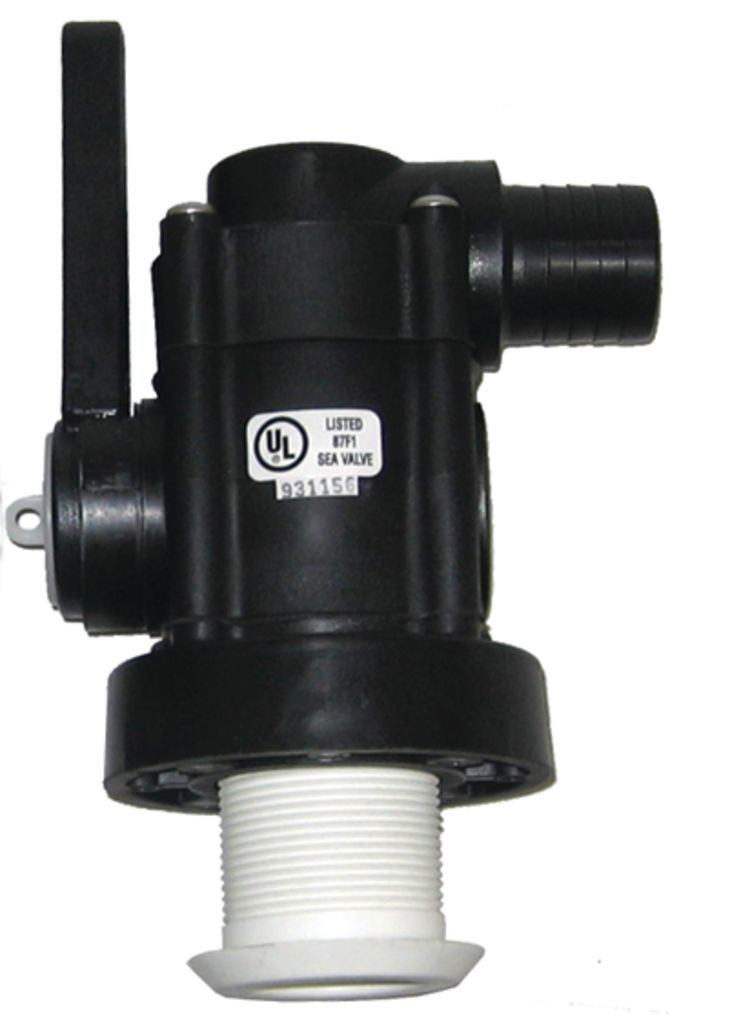
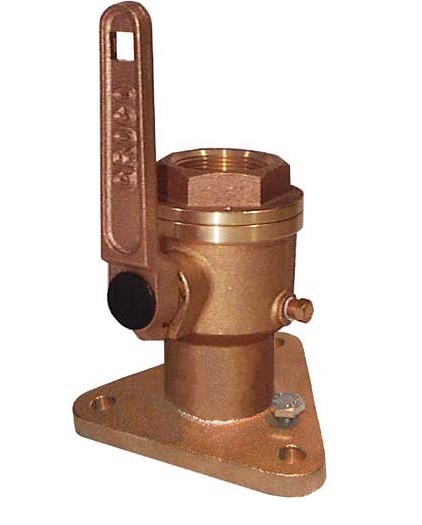
The NMMA, following American Boat and Yacht Council (ABYC) rules, requires that the seacock withstand a 500-pound load applied to it for a period of 30 seconds – so if a crew member working in the engine room slips and fetches up on the seacock, it won't break off and let in a geyser of sea water.
The regulations also require a handle that swings through a 90-degree arc and clearly indicates whether the seacock is open or closed. Any boat that doesn't have proper seacocks is one to avoid.
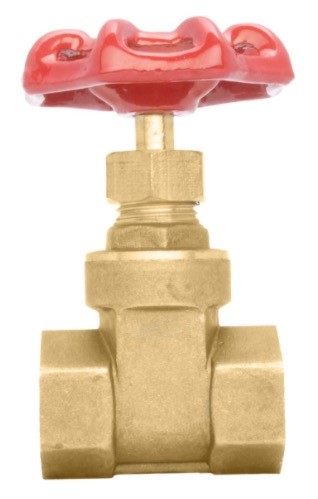
Years ago, many boatbuilders used gate valves rather than seacocks. When buying a particularly old boat this is certainly the first thing to check. We would recommend avoiding that boat because if through-hulls were sourced or installed incorrectly other things probably were as well.
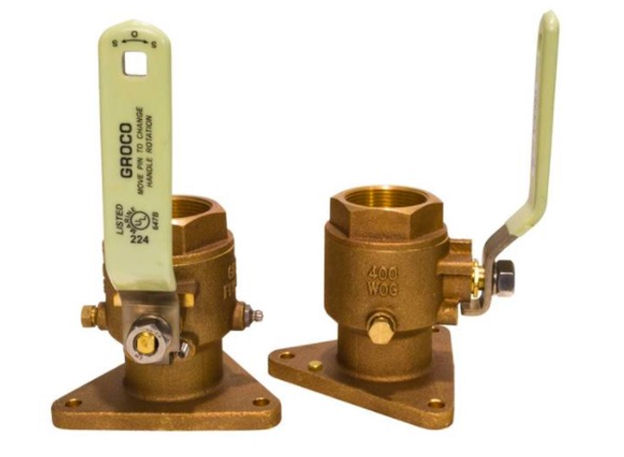
There can be confusion about seacocks vs. ball valves. True seacocks, used for generations, have a bronze body holding a tapered plug with a hole through it, held in place by a nut or some other easily removable means, and a handle. Turned one way, the plug lets water run through; turn the handle the other way, the flow is stopped. Servicing the seacock is easy: Remove the nut and the whole thing comes apart for cleaning or lubrication, which should be done yearly when the boat is hauled.
Ball Valves. Most seacocks used today are really ball valves – same idea, but instead of the tapered plug, there's a ball with a hole through it. They're still called seacocks, but require less maintenance than the plug-style – periodic lubrication through a Zerk fitting is about all that is needed. These are fine, as long as they have the label indicating they are UL-Listed for marine use.
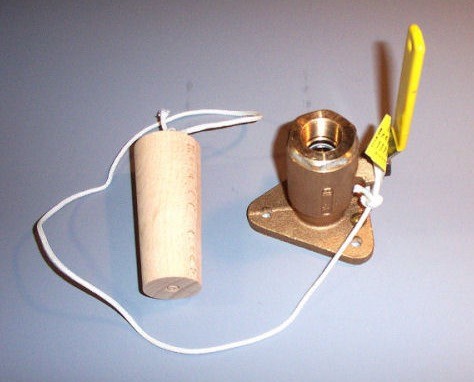
No Seal/No Dice. What's not fine are ball valves without the UL seal, made not for marine use but for some other purpose. They're almost as bad as gate valves, but not as easy to notice.
Here’s another way to tell: Non-marine ball valves usually have tapered threads on both sides (above and below the valve). In this case, a non-marine valve won't screw onto a straight-threaded through-hull fitting for more than a couple of turns. Rule of thumb: If threads show between the hull and the valve, be suspicious.
Make sure any boat under consideration uses seacocks or ball valves that are UL Listed. Unapproved seacocks are a primary indicator that the boatbuilder is cutting corners, so they're the first thing a buyer should look at. And they're right in the bilge next to the stringers and frames, so it's easy to check both at the same time.

Hoses and Hose Clamps. Hoses and hose clamps on new boats from major builders are usually done right, from our experience. The trouble is, once a boat gets old, these two items are among the first to let go.
Rubber gets soft and deteriorates with time. Hose clamps corrode and break. The constant vibration of a boat loosens the soft hose on which clamps have broken and can easily slip off a seacock. Water gushes in.
Consumer Caveat: A few builders making low-priced boats don’t use seacocks or ball valves for through-hull fittings under the waterline. Some use non-UL-Listed ball valves. There is no government agency who inspects these things, so buyers have to do it, or they should hire a surveyor.
In used boats, through-hulls below the waterline, hoses, and hose clamps all have to be checked. And all hoses below the waterline, as well as any hose that carries fuel, should all be double clamped. But inspect them carefully, because metal hose clamps are remarkably delicate things.
